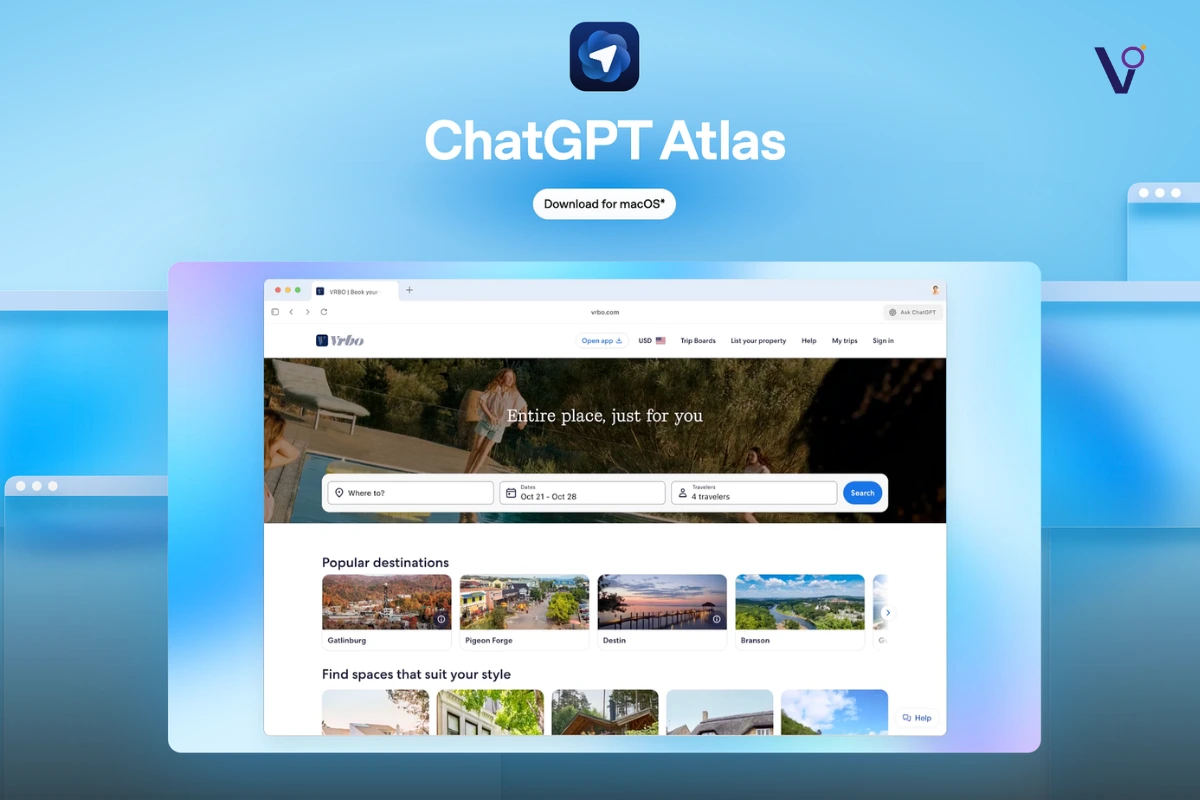Storytelling is one of the most powerful tools to hook your audience and keep them engaged. However, a lot of the advice out there makes storytelling in marketing sound way too complicated. The truth is, storytelling is actually pretty simple—if you know what really matters.
In this blog, we’ll explore five storytelling in marketing that will help you tell engaging stories effortlessly. But first, let’s look at an example.
Nike’s “Find Your Greatness” Campaign
Nike’s “Find Your Greatness” campaign is a masterclass in storytelling done right. Instead of listing facts or showcasing elite athletes, Nike zoomed into a single, raw moment—a 12-year-old boy named Nathan jogging down a lonely road, struggling with each step. No grand speeches, no record-breaking wins—just a kid pushing himself.
And that moment? It resonated. Viewers didn’t just watch; they felt his effort, his determination. The result? A 6% increase in sales, adding $506 million in revenue.
Now, let’s compare this to Nike’s “Unlimited You” campaign. It had big names and flashy visuals, but it lacked that one powerful, personal moment. It felt like an ad, not a story. And while it still performed well, it didn’t have the same deep emotional connection.
The takeaway? Great storytelling isn’t about the big picture—it’s about zooming in, making it real, and letting people feel the moment.
The best stories don’t stay at a surface level—they take the listener right into the scene. Now, let’s break down the five techniques that can make any story just as compelling.
1. Location: Set the Scene
The best stories start by stating the location. Where are you physically?
Examples:
- Two weeks ago, I was sitting on my couch in my living room, taking a deep breath.
- September 2019, I was standing in front of the conference room, ready to walk inside.
Why It Works:
- The moment you mention a location (conference room, living room), your audience starts to visualize it.
- Beginner storytellers often add too many unnecessary details—avoid this.
- Just state the location and let your audience imagine the rest.
2. Actions: Show What You’re Doing
Instead of giving too much context, focus on what you are doing in that specific moment.
Examples:
- I was in my office. I opened my laptop and started reading a message from my manager.
- Two weeks ago, I was at the airport, waiting in line at security.
Why It Works:
- Actions create forward momentum and take the listener straight into the moment.
- It signals that you won’t waste their time with unnecessary details.
3. Thoughts: Share What You’re Thinking
We all have thousands of thoughts every day—hopes, dreams, plans, fears, worries. Sharing thoughts makes stories more engaging.

Examples:
- Instead of saying “I was excited to meet my crush,” say:
- “Ah, this is going to be so cool! Finally, I get to see her after all this time.”
- Instead of saying “I was disappointed about my presentation,” say:
- “Oh man, this is bad. Everyone will think I’m stupid. I can never go back there.”
Why It Works:
- Thoughts make the story feel more personal and relatable.
- Avoid making your thoughts sound too intellectual or professional—keep them raw and real.
4. Emotions: Show, Don’t Just Tell
Great stories take the listener on an emotional journey. Instead of just stating emotions, show how they appear physically.
Why This Works:
- Shows her intention – Instead of just saying, “I was supposed to do a 30-day challenge,” it paints a picture of commitment.
- Acknowledges the struggle – Words like late nights, endless editing, and being human make it relatable.
- Keeps it personal and honest – Instead of just saying “I couldn’t do it,” it makes the reader feel the pressure she was under.
5. Dialogue: Bring Conversations to Life
Many stories include more than one character—a manager, friend, coworker, or even a stranger. Adding dialogue makes the story feel real.
Examples:
- Instead of saying “My friend was disappointed,” say:
- My friend looked at me and said, “Phillip, what on Earth was that?”
- Instead of saying “My manager was happy with my work,” say:
- My manager looked at me and said, “Wow, that was the best presentation you’ve ever given.”
Why It Works:
- Dialogue makes stories more dynamic.
- Keep dialogue short, interesting, and natural—avoid making it overly formal.
Mastering Storytelling
Now, you know the five essential elements of storytelling in marketing:
- Location – Set the scene.
- Actions – Show what’s happening.
- Thoughts – Share inner dialogue.
- Emotions – Show, don’t just tell.
- Dialogue – Bring conversations to life.
ViralOmega: Your Story, Your Success
At ViralOmega, we know that great marketing isn’t just about data and ad spend—it’s about storytelling that sells. We help brands zoom into the moments that matter, crafting ads that don’t just attract customers but connect with them.
The Power of Storytelling in Branding
Think about the brands that stick with you. It’s never just the product—it’s the story behind it. Whether it’s Nike inspiring greatness or Apple showing innovation in action, the best brands make you feel something.
Now, you have the blueprint: Set the scene, show action, reveal thoughts, display emotions, and bring in dialogue. Use these five storytelling techniques, and your audience won’t just listen—they’ll remember.
And if you want to turn storytelling into sales? ViralOmega makes it happen. Let’s create marketing that isn’t just seen—it’s felt.
Storytelling in marketing uses narratives to create emotional connections with audiences, making brand messages more memorable and engaging, ultimately driving action and brand loyalty.
Storytelling makes marketing more relatable and impactful by evoking emotions, simplifying complex messages, and helping consumers connect with a brand’s values, leading to higher trust and engagement.
Nike focuses on inspirational storytelling by highlighting athlete journeys, overcoming obstacles, and the spirit of perseverance, reinforcing its brand message: “Just Do It.”
Nike uses emotional branding, influencer collaborations, and powerful narratives to inspire audiences, making them feel connected to the brand’s mission of perseverance, excellence, and innovation.



